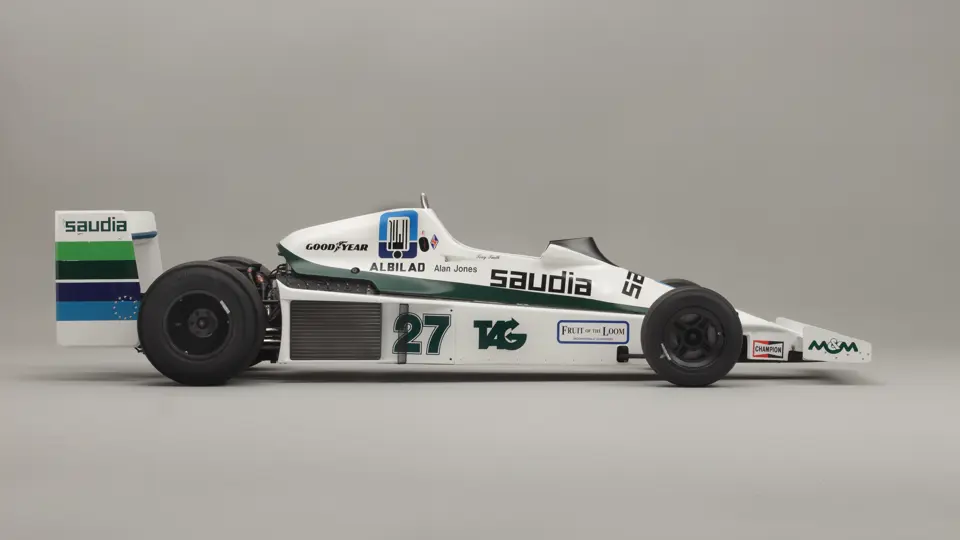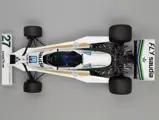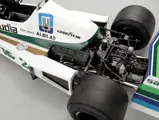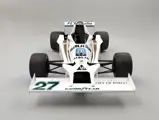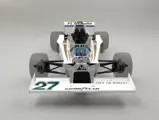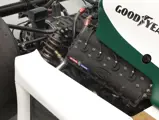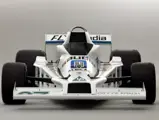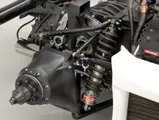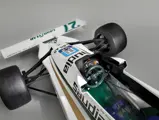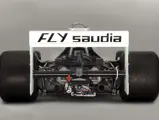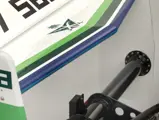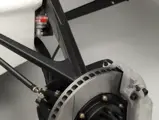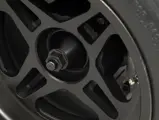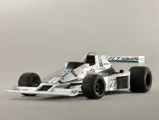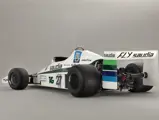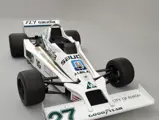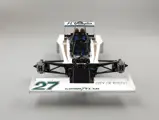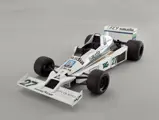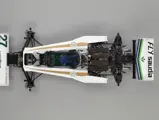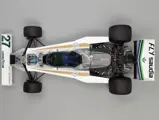475+ bhp, 2,993 cc mid-longitudinally mounted, alloy block-and-head DOHC 32-valve Ford Cosworth DFV V-8 engine with Lucas fuel-injection, Hewland FGA 400 six-speed manual gearbox, aluminium-monocoque chassis with four-wheel independent suspension via lower wishbones, top rockers, inboard coil-over shock absorbers and anti-roll bars, and four-wheel ventilated hydraulic disc brakes. Wheelbase: 2,540 mm (100”)
• Built for and raced by 1980 F1 world champion Alan Jones
• The first chassis designed by Patrick Head for Williams
• Fully prepared and extensively vintage-raced by current owner; accompanied by comprehensive spares
• A wonderful touchstone to the origins of one of the winningest F1 racing teams ever
The year 1977 was pivotal for Frank Williams, as he redoubled his Formula One efforts after the dissolution of his partnership with Walter Wolf. Joining forces with former employee Patrick Head, the pair set their sights on the 1978 Formula One season, with the development of an all-new chassis and the campaigning of a modified March 761 for 1977, which had 11 starts with driver Patrick Neve.
His first all-new Formula One design, Head’s FW06 utilised “tried and true” design principles with power supplied by the Cosworth DFV V-8 mated to a Hewland gearbox, providing a choice of five or six speeds. Aerodynamic efficiency was enhanced with tightly-wrapped bodywork, flush-mounted radiators ahead of the rear-wheel fairings and only the oil cooler exposed. Importantly, Williams secured a five-year sponsorship deal with Saudi Airlines, ensuring the team’s ability to mount a serious and continuing assault on the Formula One constructor’s World Championship.
Australian Alan Jones, whose first Grand Prix victory came in Spain, with Shadow, in 1977, was tapped to drive the FW06 for 1978. World Championship points were first earned in South Africa with a fourth-place finish, and Williams’ first podium came later at the U.S. Grand Prix, with Jones finishing 12th in Championship standings, with 16 points. Considering the FW06 was already eclipsed by the emerging ground-effects cars, Williams’ 1978 season was a remarkably successful one.
The FW06 remains significant, as the chassis that firmly established the partnership of Frank (now Sir Frank) Williams and Patrick Head as the dominant force in F1 for the next two full decades, laying the groundwork for Williams’ first World Championship with Jones in 1980. By 1997, the team had nine World Championships to its credit–a feat only bettered more recently by Scuderia Ferrari.
Three FW06 chassis were built in 1978, followed by two more in 1979, including the example offered here, chassis FW06/04, which was driven by Alan Jones in the first four races in 1979, whilst awaiting the arrival of the newer FW07 chassis. This car was driven by Jones in all Grands Prix up to Silverstone, including a fantastic third-place podium finish at Long Beach, California.
Next, FW06/04 was sold by Williams to Count Zanon and probably driven by Giacomo Agustini, the motorcycle world champion, and Leyla Lombardi. It was then sold to the USA into a collection where it was not raced until it was acquired by John Fenning in the early 1990s and raced by Mr Fenning and Mike Littlewood. Noted vintage-racer Tony Smith purchased FW06/04 in 1998 and it was campaigned by him in the Thoroughbred Grand Prix and Historic Formula One Series up to 2009.
Since then, the chassis was crack-tested and a fresh short-stroke engine was fitted by Richardson Engineering, with camshafts and inlet trumpets to suit the HFO (Historic Formula One) mandated rev limit. In addition, it was equipped with a big-bore, four- into-two-into-one stainless-steel megaphone exhaust system and a new clutch. The gearbox has been freshly rebuilt by BPA Engineering, with new L.S.D., bearings, selector forks, crown wheel and pinion, input shaft and more. New gun-drilled drive shafts were fitted last racing season. The brake callipers have been resealed with new discs and pads fitted, and new front-suspension uprights have been fitted as well. The body was recently refinished as necessary, and the shock-absorbers have just been rebuilt by a Koni main agent. All rose joints and spherical joints are stainless steel and have been replaced as necessary. The latest Zero 360 fire system has been fitted as well.
Accompanied at auction by a comprehensive spares package, FW06/04 is certainly a purposeful and competitive historic Formula One car. This is an extremely rare opportunity to go racing at the variety of events catering to this type of car, including the FIA Historic Formula 1 Championship and the Monaco Historic Grand Prix!






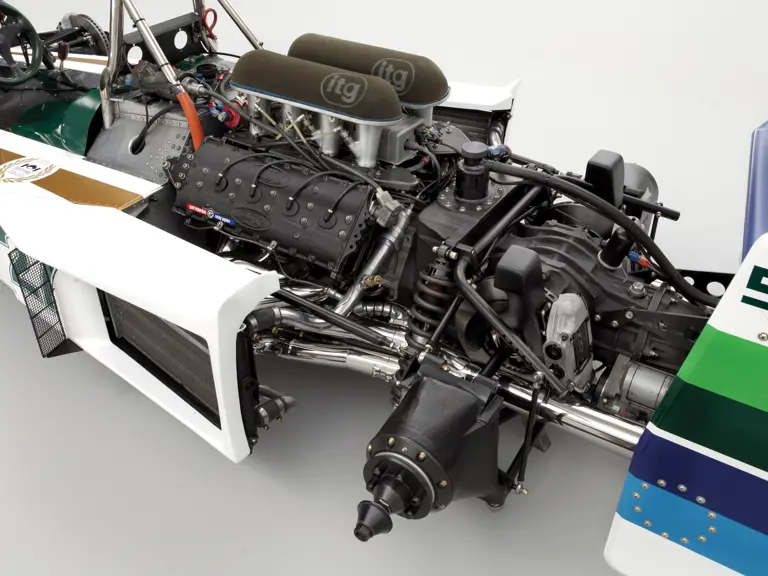

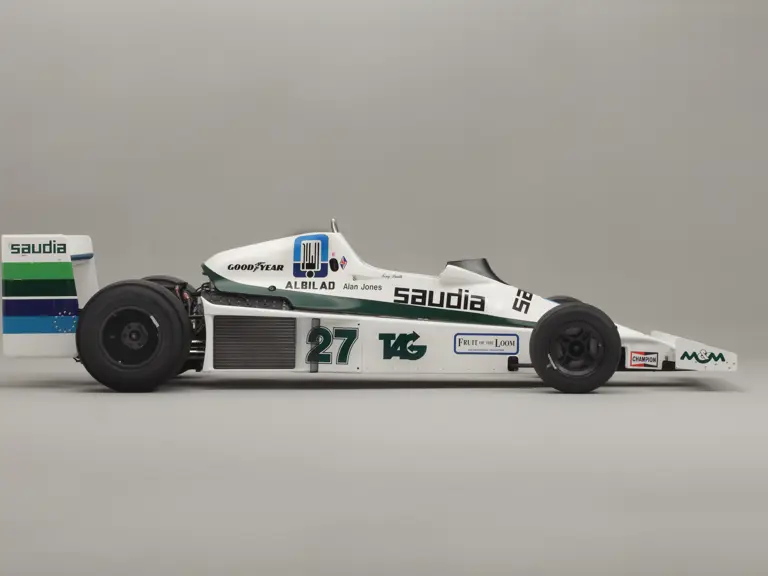
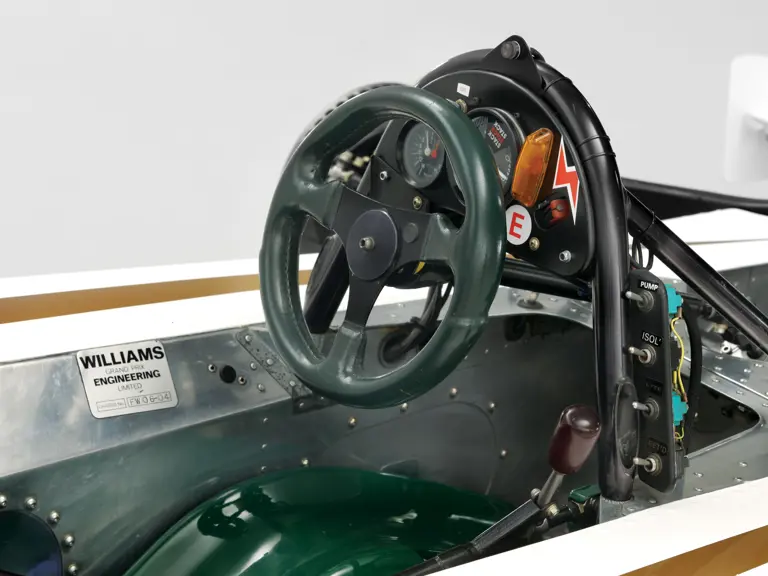
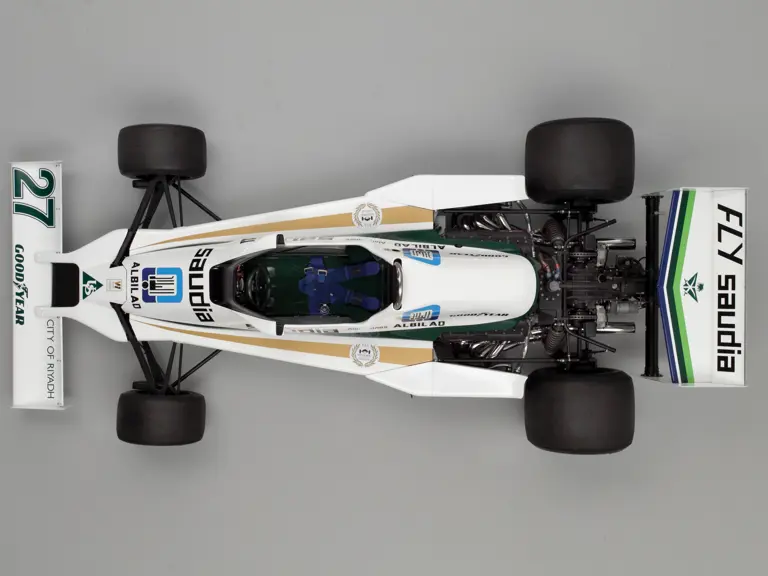
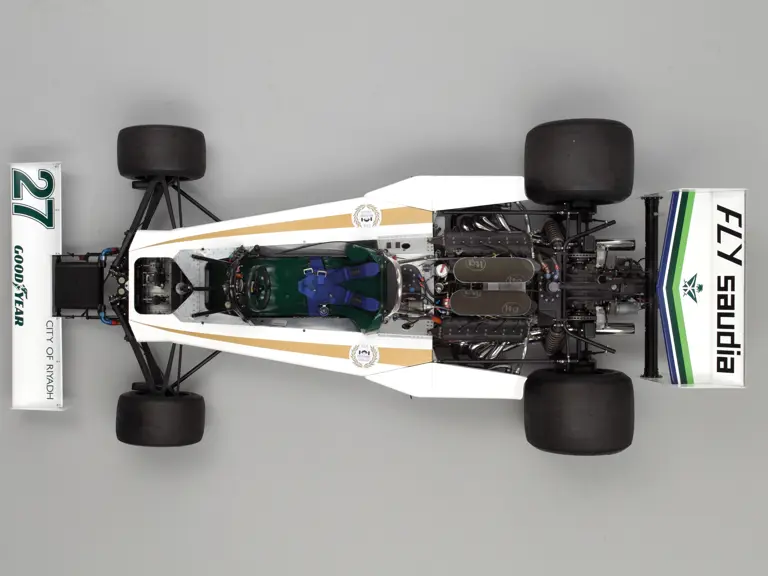


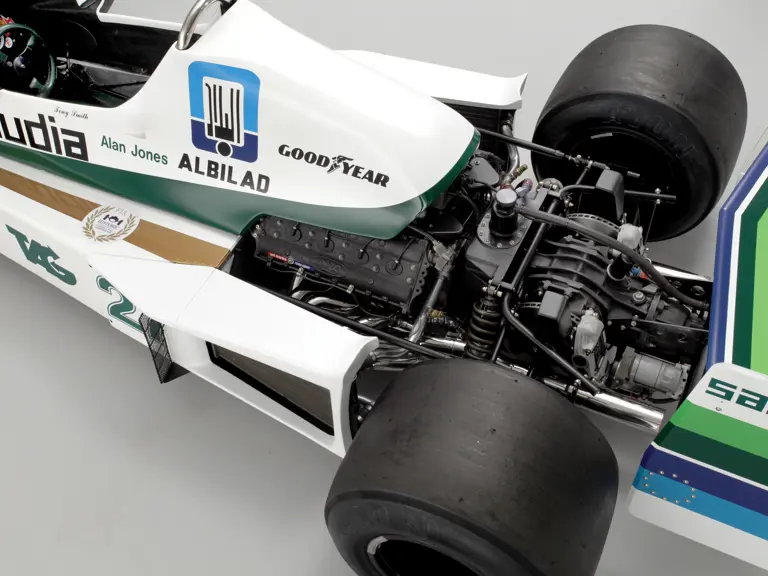
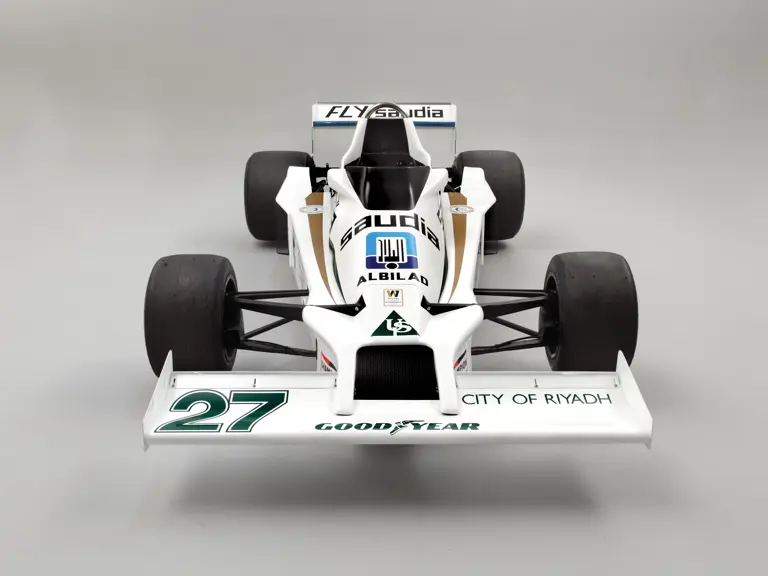

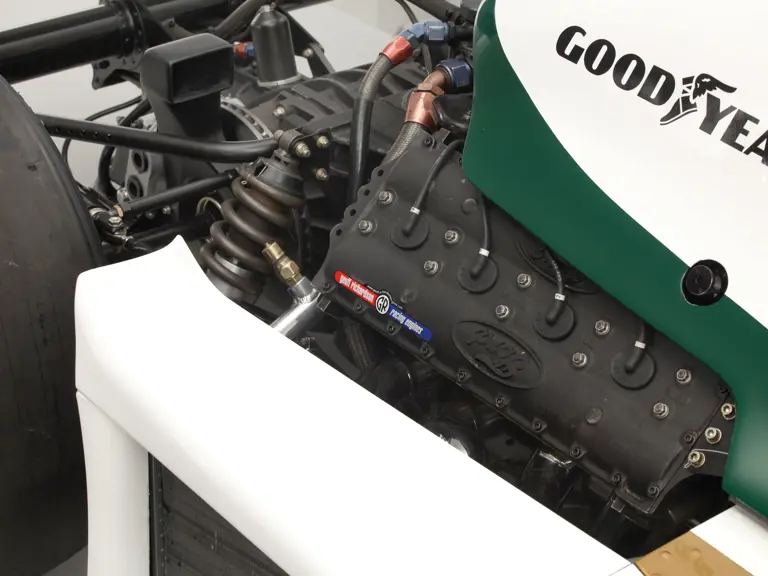
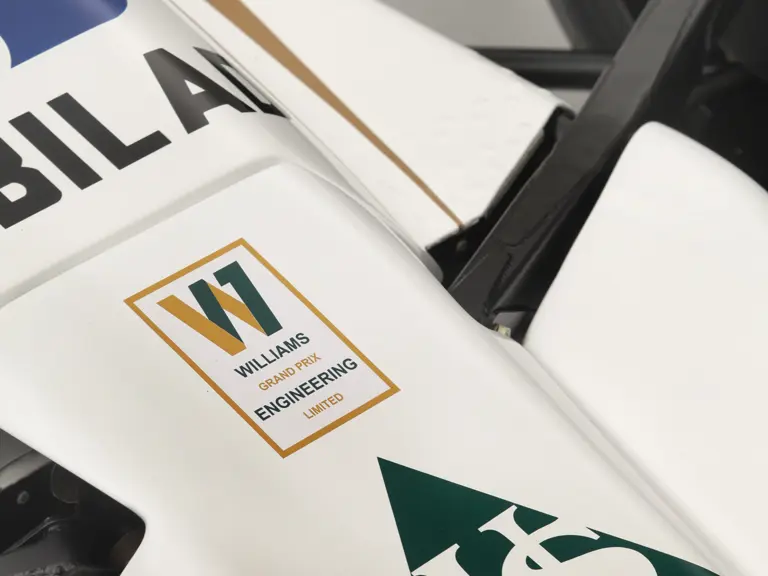
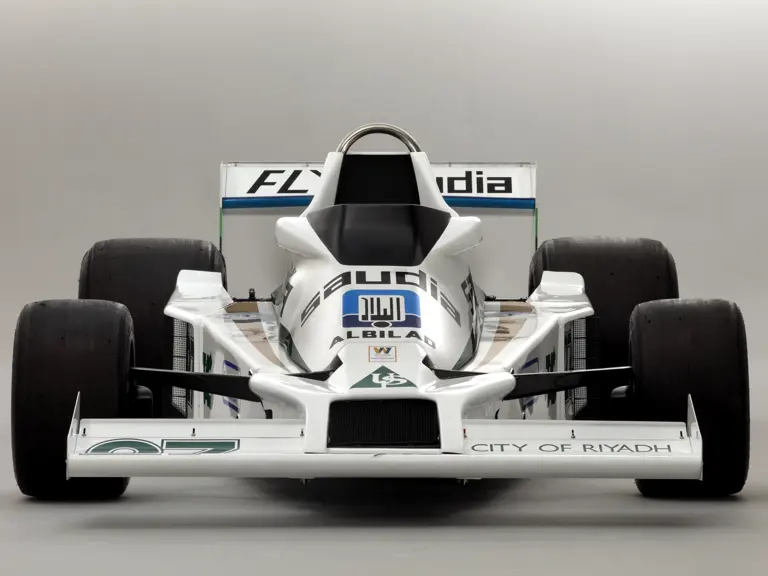
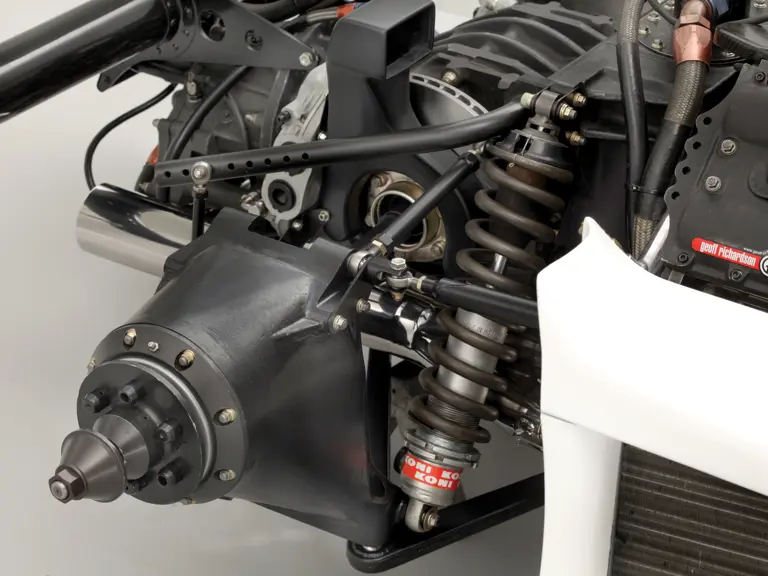
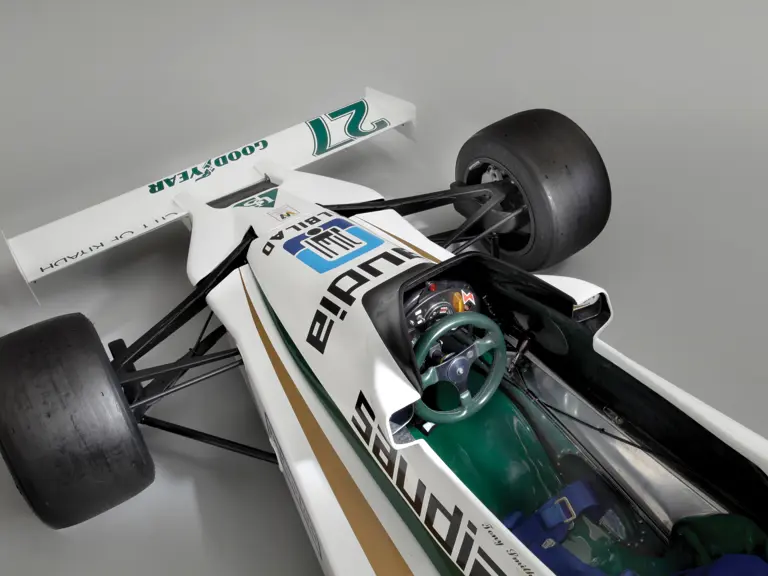
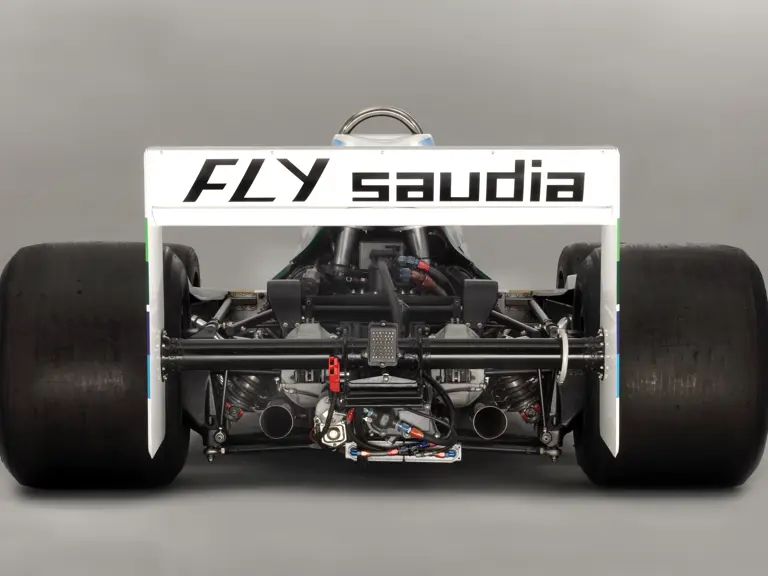



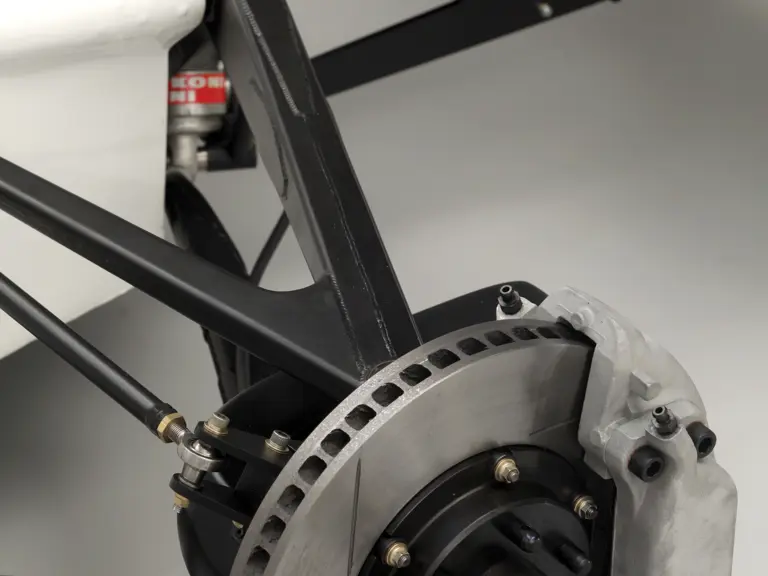

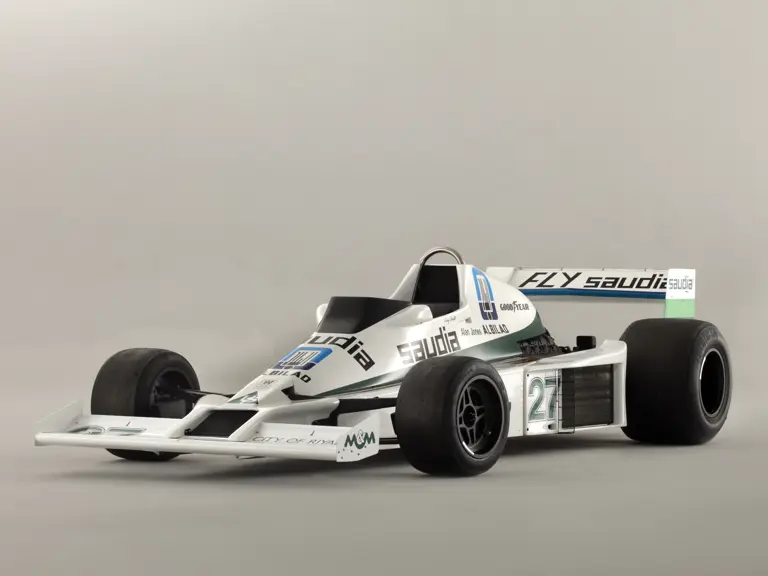


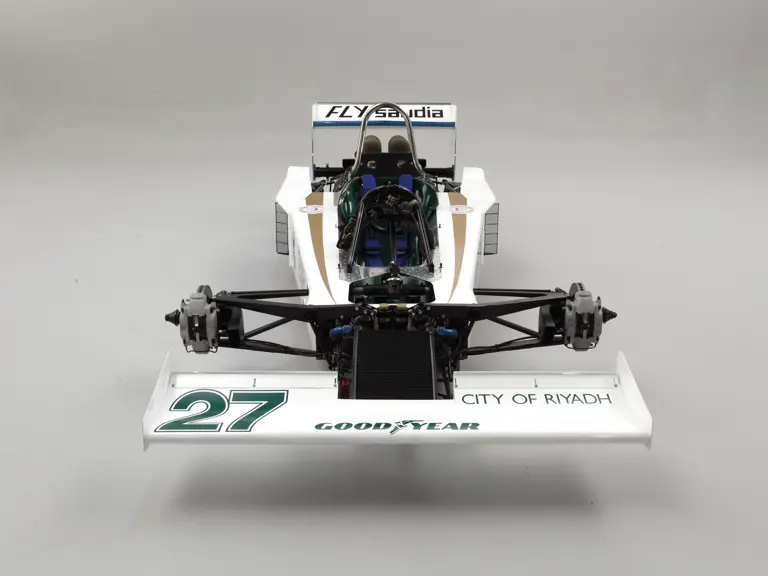


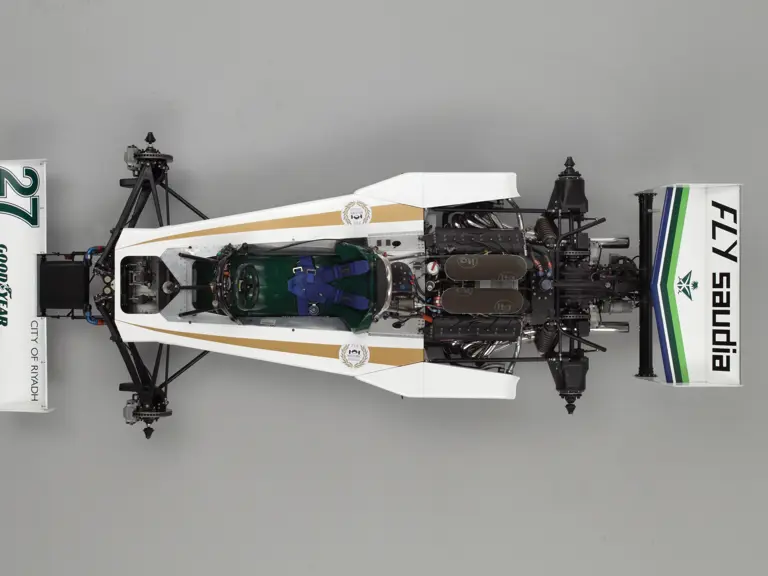



 | Monaco, Monaco
| Monaco, Monaco
